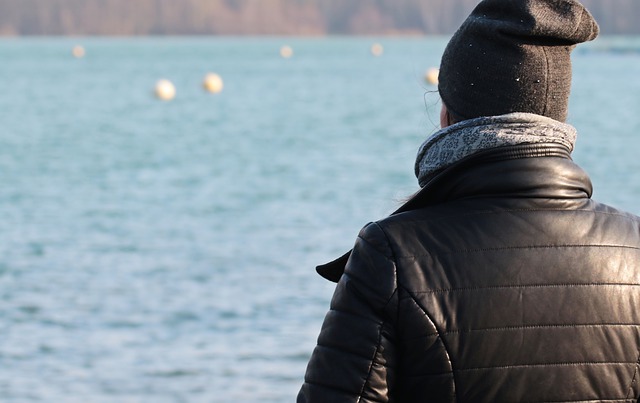People who experience loneliness as a constant state are prone to all kinds of issues such as disinterest, disengagement and depression as well as physical illness. The feeling of loneliness is a serious issue today, not only for older people but also the young, including school children.
People can feel lonely even in a crowd or large group if they feel they do not belong, especially if no one reaches out to them with compassion to draw them into the wider circle. The UK Government is so concerned about the impact of loneliness on people’s health and welfare that they have appointed a Minister of Loneliness.
Gretchen Rubin points out, however, that being alone is not the same as loneliness which feels draining, distracting, and upsetting. In her view, being alone or experiencing solitude can be peaceful, creative and restorative – it all depends on how you use the time when alone. Gretchen is the author of The Happiness Project.
Introverts may crave time alone after suffering extended periods of exposure to others; extroverts, on the other hand, may crave the company of friends because they derive their energy from social interaction.
Whether we are introverts or extroverts, we can have the tendency to use alone-time to occupy ourselves rather than confront ourselves. We may experience boredom and look for ways to allay this feeling rather than savor the opportunity and freedom it presents.
Being alone creates the space and opportunity to attend to our own internal and external environment. We can get in touch with our own feelings, rather than ignore them; we can question who we are and what we stand for, rather than hiding from ourselves. This exploration of our internal landscape may turn up some unpleasant findings, but we are then in a position to deal with the issues involved.
We can also really take notice of our external environment – getting in touch with all our senses in a peaceful and calming way. Haruki Murakami, author of Norwegian Wood, gives a wonderful illustration of focus on the sense of sight when one of his characters describes what he sees:
Every now and then, red birds with tufts on their heads would flit across our path, brilliant against the blue sky. The fields around us were filled with white and blue and yellow flowers, and bees buzzed everywhere. Moving ahead, one step at a time, I thought of nothing but the scene passing before my eyes. (p.180)
You can sense the contentment expressed here – something that we can experience in our time alone.
The 5 minute gratitude practice advanced by Elaine Smookler enables us to use our outer landscape to explore our inner world of feelings, especially of appreciation. This is an excellent way to use the space in our lives provided by being alone.
Being alone frees us from the need to talk, to engage with others, or to follow the conversation. It provides the opportunity to explore within and without.
As we grow in mindfulness through meditation we will be better able to savour being alone and the opportunity it provides to explore our inner and outer landscape. This can be a source of self-awareness and other-awareness, of contentment and of appreciation and gratitude.
By Ron Passfield – Copyright (Creative Commons license, Attribution–Non Commercial–No Derivatives)
Image source: courtesy of pixel2013 on Pixabay
Disclosure: If you purchase a product through this site, I may earn a commission which will help to pay for the site, the associated Meetup group and the resources to support the blog.


2 thoughts on “Savor The Space Of Being Alone”